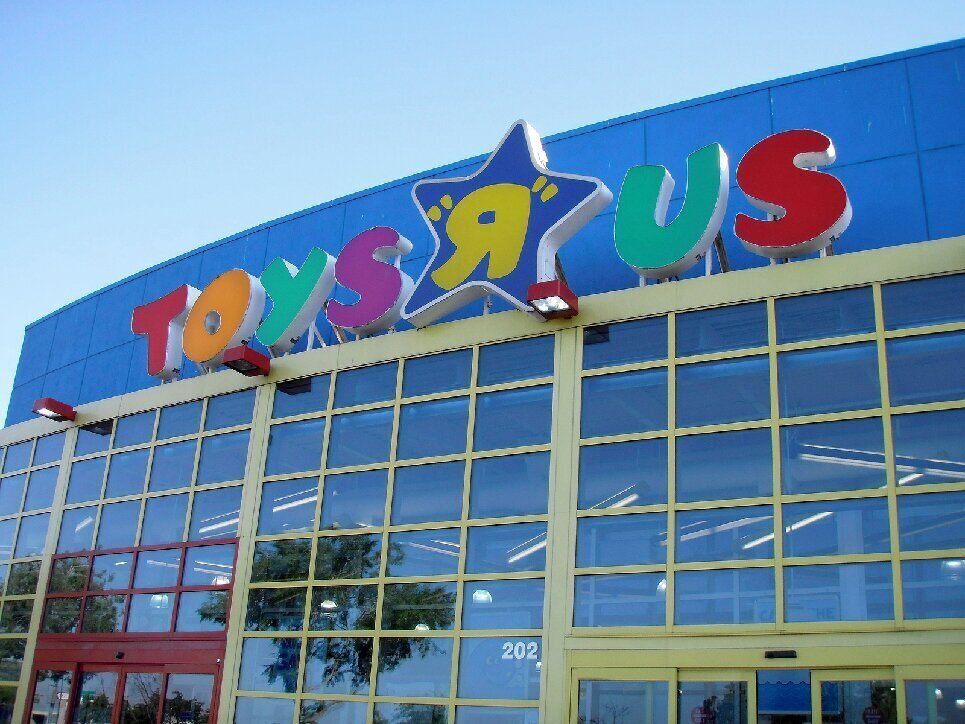Comments
- No comments found

If you were to look up the term “post-mortem” in the dictionary, you would find a medical-based definition first and foremost.
Medically speaking, it is, as a post-mortem is a way to essentially find out what went wrong with a human being. But as I have discussed in previous blogs, post-mortems are just as commonly applied to failed business ventures, products, services, and corporate processes alike.
Post-mortems are useful in the many different applications they are conducted in because they allow for the identification of a problem and how to better prevent them from occurring in the future. Specific to business, post-mortems allow leaders and managers to identify where a product, system, or service failed, where budget was exceeded, and any other issues that occurred along the way.
Of course, the issue with post-mortems in business is that they occur after the fact, after a product has already failed, or, worst of all, after your business or organization has already been irreversibly disrupted. Yes, post-mortems are useful tools, but they are agile, reactionary, and a wait-and-see approach to problem solving.
The answer to this? A pre-mortem that solves problems before they occur! But before delving into how that is possible, let’s look at a real-world example of where a pre-mortem would have certainly come in handy.
A classic company that did in fact conduct a post-mortem following their disbanding was a company that took their tagline quite literally: Toys “R” Us.

In the 80s and 90s, Toys “R” Us was one of the world’s largest toy retailers. As we all know now, in the early 2000s, e-commerce and shopping online were already on the rise and would only increase exponentially. Instead of developing its own e-commerce platform, Toys “R” Us chose to align with Amazon, signing a 10-year contract to be the exclusive toy supplier.
Unfortunately, Amazon did not honor this agreement and Toys “R” Us had to involve themselves in legal proceedings around 2004. Finally in 2017, Toys “R” Us formally announced that it would be developing its own e-commerce platform, but by then it was already too late. Toys “R” Us filed for bankruptcy in September 2017, shuttering all remaining stores.
While many children who had grown up with this nostalgic store of their youth mourned the loss of this beloved sanctuary of fun, Toys “R” Us proceeded to conduct a post-mortem. They asked questions like: Why did we need to file for bankruptcy and what truly caused our demise?
When it comes to post-mortems, most people place the blame on the competition, the market, or the ever-changing spectrum of digital technology. However, the problem with placing blame is that these three areas that many will blame a failure on are always in a constant state of flux.
Your competition is always innovating to come up with something bigger and better for themselves that may in turn disrupt you, your cash cow, or the very existence of your business in the industry. Likewise, the market is constantly changing, and as I teach frequently in my Anticipatory Leader System, digital disruptions and transformative technologies are constantly advancing whether you leverage them or not.
The issue that Toys “R” Us faced was not any one of these three individual areas. Instead, it was the lack of an Anticipatory Mindset based on my Hard Trend Methodology. Toys “R” Us acted in a reactionary manner to the e-commerce disruption to their industry, and, as such, reacted too late. Their post-mortem can only help any future endeavors and even then, will not save said future endeavors from potential demise again.
Could Toys “R” Us have avoided the disruption they faced? Absolutely! Believe it or not, the answer was simple — conducting pre-mortems, which are an extension of an Anticipatory approach that focuses on Hard Trend future certainties; separating those from Soft Trends; and ultimately pre-solving problems with disruptions before they disrupt!

Instead of being reactionary and conducting a post-mortem after a disruption to find where to place blame, you need to focus on conducting pre-mortems to essentially “save the life” of your business or organization! Whereas post-mortems are conducted after the fact, pre-mortems are like a physical checkup for your business and proactive care.
Toys “R” Us, much like many retailers, were staring down a Hard Trend future certainty they could not ignore: the accelerating rise of e-commerce in their heyday of the 90s and the new millennium. Taking action is to be Anticipatory, but formulating a strategy is the pre-mortem itself.
To conduct a pre-mortem, Toys “R” Us executives should have asked themselves and their teammates the following questions:

1. Before we introduce a new product, service, strategy, or imperative, what problems can we expect in implementation and execution?
No idea is perfect. There will always be some struggle or ways to improve. Be sure to thoroughly review the idea prior to implementation to identify any potential bugs you expect to have to update in the future.
2. Are those problems within the organization or outside of it?
This question is key to understanding if the problems you discover from the first question are directly within your control or not. Even if the problem originates outside of your organization, do not fret! You have identified them preemptively, so pre-solve them!
3. What can be done to address said problems before they occur?
If you identify a problem before launching a new product, service, strategy, or imperative, there is always something that you can do. Incorporate your team to develop a strategy around pre-solving those problems.
4. If one aspect or element of a project or product is going to go particularly well, what steps can be taken in advance to further leverage that success?
While pre-mortems are mostly about pre-solving problems, they are also about taking advantage of future opportunities in pre-solving those problems. If you identify some aspect that is going to work well, do not be afraid to leverage it for your organization’s benefit. Essentially, expand upon your Anticipatory power!
Remember that any new business decision is likely to come with problems, and it is up to you to identify and solve those problems before they result in disaster. Truth be told, a post-mortem in business should largely be treated like a collection of afterthoughts, and a pre-mortem should always come first!
Ready to learn more about the power of pre-mortems and how you can use my Anticipatory approach to avoid disruptions? Explore my Anticipatory Organization® Model today and start to position your business or organization to be one that can act on opportunity before it passes you by!
Daniel Burrus is considered one of the world’s leading futurists on global trends and innovation. The New York Times has referred to him as one of the top three business gurus in the highest demand as a speaker. He is a strategic advisor to executives from Fortune 500 companies, helping them to accelerate innovation and results by develop game-changing strategies based on his proven methodologies for capitalizing on technology innovations and their future impact. His client list includes companies such as Microsoft, GE, American Express, Google, Deloitte, Procter & Gamble, Honda, and IBM. He is the author of seven books, including The New York Times and Wall Street Journal best-seller Flash Foresight, and his latest book The Anticipatory Organization. He is a featured writer with millions of monthly readers on the topics of innovation, change and the future and has appeared in Harvard Business Review, Wired, CNBC, and Huffington Post to name a few. He has been the featured subject of several PBS television specials and has appeared on programs such as CNN, Fox Business, and Bloomberg, and is quoted in a variety of publications, including The Wall Street Journal, Financial Times, Fortune, and Forbes. He has founded six businesses, four of which were national leaders in the United States in the first year. He is the CEO of Burrus Research, a research and consulting firm that monitors global advancements in technology driven trends to help clients profit from technological, social and business forces that are converging to create enormous, untapped opportunities. In 1983 he became the first and only futurist to accurately identify the twenty technologies that would become the driving force of business and economic change for decades to come. He also linked exponential computing advances to economic value creation. His specialties are technology-driven trends, strategic innovation, strategic advising and planning, business keynote presentations.
Leave your comments
Post comment as a guest